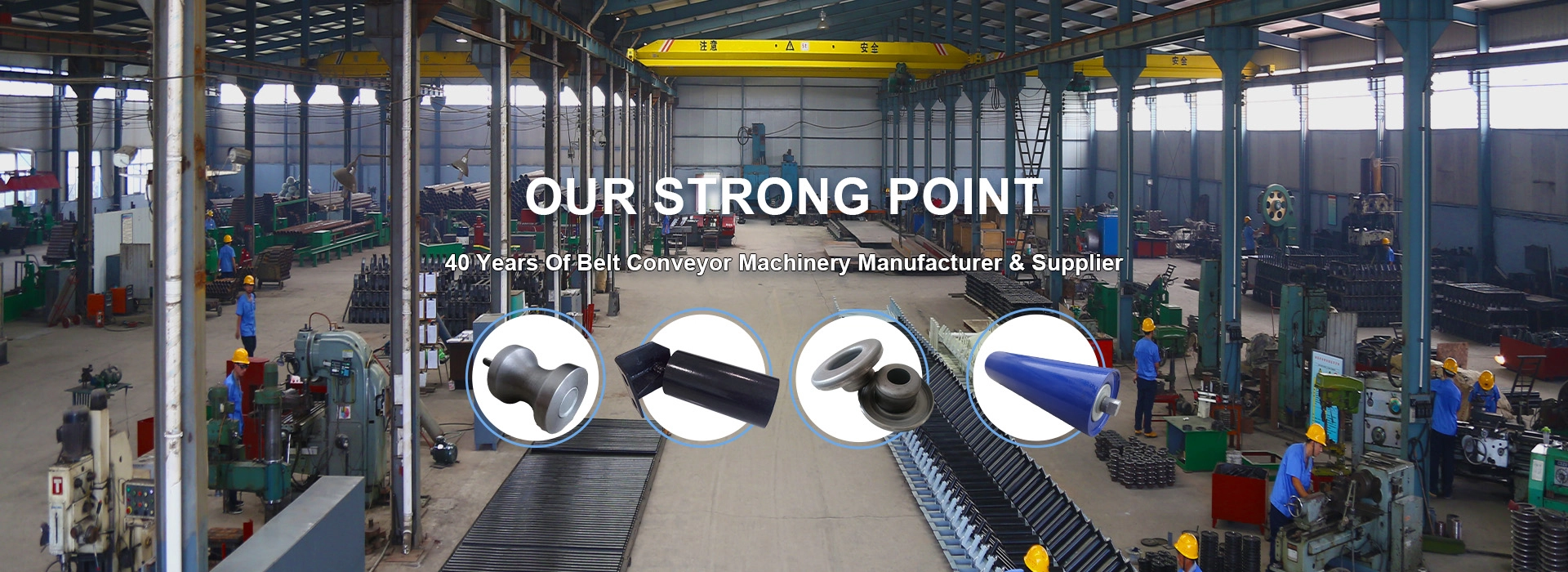 Afrikaans
Afrikaans  Albanian
Albanian  Amharic
Amharic  Arabic
Arabic  Armenian
Armenian  Azerbaijani
Azerbaijani  Basque
Basque  Belarusian
Belarusian  Bengali
Bengali  Bosnian
Bosnian  Bulgarian
Bulgarian  Catalan
Catalan  Cebuano
Cebuano  Corsican
Corsican  Croatian
Croatian  Czech
Czech  Danish
Danish  Dutch
Dutch  English
English  Esperanto
Esperanto  Estonian
Estonian  Finnish
Finnish  French
French  Frisian
Frisian  Galician
Galician  Georgian
Georgian  German
German  Greek
Greek  Gujarati
Gujarati  Haitian Creole
Haitian Creole  hausa
hausa  hawaiian
hawaiian  Hebrew
Hebrew  Hindi
Hindi  Miao
Miao  Hungarian
Hungarian  Icelandic
Icelandic  igbo
igbo  Indonesian
Indonesian  irish
irish  Italian
Italian  Japanese
Japanese  Javanese
Javanese  Kannada
Kannada  kazakh
kazakh  Khmer
Khmer  Rwandese
Rwandese  Korean
Korean  Kurdish
Kurdish  Kyrgyz
Kyrgyz  Lao
Lao  Latin
Latin  Latvian
Latvian  Lithuanian
Lithuanian  Luxembourgish
Luxembourgish  Macedonian
Macedonian  Malgashi
Malgashi  Malay
Malay  Malayalam
Malayalam  Maltese
Maltese  Maori
Maori  Marathi
Marathi  Mongolian
Mongolian  Myanmar
Myanmar  Nepali
Nepali  Norwegian
Norwegian  Norwegian
Norwegian  Occitan
Occitan  Pashto
Pashto  Persian
Persian  Polish
Polish  Portuguese
Portuguese  Punjabi
Punjabi  Romanian
Romanian  Russian
Russian  Samoan
Samoan  Scottish Gaelic
Scottish Gaelic  Serbian
Serbian  Sesotho
Sesotho  Shona
Shona  Sindhi
Sindhi  Sinhala
Sinhala  Slovak
Slovak  Slovenian
Slovenian  Somali
Somali  Spanish
Spanish  Sundanese
Sundanese  Swahili
Swahili  Swedish
Swedish  Tagalog
Tagalog  Tajik
Tajik  Tamil
Tamil  Tatar
Tatar  Telugu
Telugu  Thai
Thai  Turkish
Turkish  Turkmen
Turkmen  Ukrainian
Ukrainian  Urdu
Urdu  Uighur
Uighur  Uzbek
Uzbek  Vietnamese
Vietnamese  Welsh
Welsh  Bantu
Bantu  Yiddish
Yiddish  Yoruba
Yoruba  Zulu
Zulu Key Components of a Belt Conveyor System Explained
Main Parts of Belt Conveyor
Belt conveyors are essential systems in various industries, acting as a crucial link in production lines and material handling processes. Their design, efficiency, and reliability depend heavily on several key components. Understanding these main parts can help in optimizing their use and maintenance, thus enhancing productivity.
1. Conveyor Belt The conveyor belt is the most prominent part of the system. It is typically made from materials like rubber or fabric, which offer flexibility and durability. The belt's function is to transport materials from one point to another in a continuous motion. Different types of belts can be chosen based on the materials being conveyed; for instance, a flat belt is suitable for light goods, while a modular belt is often used for heavier and bulkier items.
Main Parts of Belt Conveyor
3. Tail Pulley Located at the opposite end of the drive pulley, the tail pulley plays a vital role in providing tension to the belt. This tension ensures that the belt remains taut and does not slip during operation. If the tail pulley fails to maintain the proper tension, it can lead to belt misalignment and operational inefficiencies. Tail pulleys also assist in redirecting the belt back to the beginning of the cycle.
main parts of belt conveyor

4. Idlers Idlers are the rollers that support the conveyor belt as it moves along its path. They reduce friction between the belt and its supporting structure, contributing to the overall efficiency of the system. There are different types of idlers, such as troughing idlers, which can hold bulk materials, and return idlers, which support the belt on its way back. Proper maintenance of idlers is essential to prevent excessive wear and ensure smooth operation.
5. Frame The conveyor frame serves as the backbone of the entire system. It supports all the components and dictates the shape and size of the conveyor. A well-constructed frame ensures stability and alignment of the conveyor system. Materials used for frames often include steel or aluminum for strength and durability.
6. Safety Devices Conveyor systems are equipped with various safety devices to ensure the protection of operators and equipment. These may include emergency stop buttons, sensors, and guards that prevent accidental contact with moving parts. Safety is paramount, and regular inspections and maintenance of these components are critical.
In conclusion, understanding the main parts of a belt conveyor is fundamental for anyone involved in material handling. Each component plays a pivotal role in the performance and efficiency of the system. Proper selection, installation, and maintenance of these parts can lead to enhanced productivity and reduced downtime in industrial operations.
-
Revolutionizing Conveyor Reliability with Advanced Rubber Lagging PulleysNewsJul.22,2025
-
Powering Precision and Durability with Expert Manufacturers of Conveyor ComponentsNewsJul.22,2025
-
Optimizing Conveyor Systems with Advanced Conveyor AccessoriesNewsJul.22,2025
-
Maximize Conveyor Efficiency with Quality Conveyor Idler PulleysNewsJul.22,2025
-
Future-Proof Your Conveyor System with High-Performance Polyurethane RollerNewsJul.22,2025
-
Driving Efficiency Forward with Quality Idlers and RollersNewsJul.22,2025





























